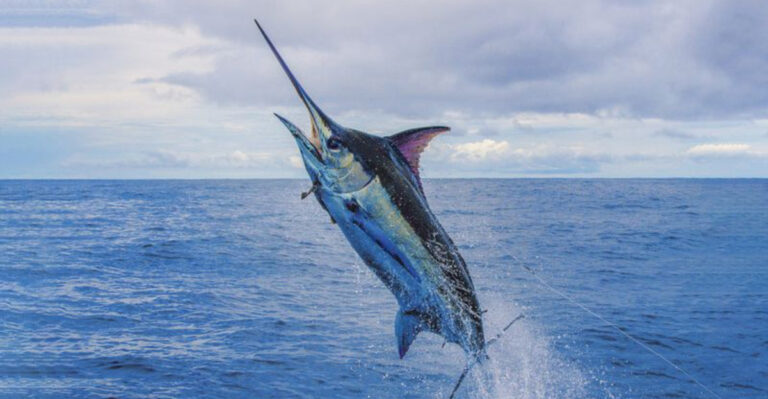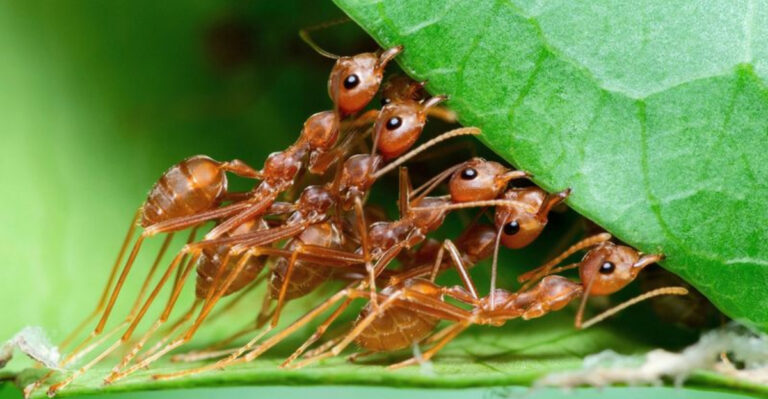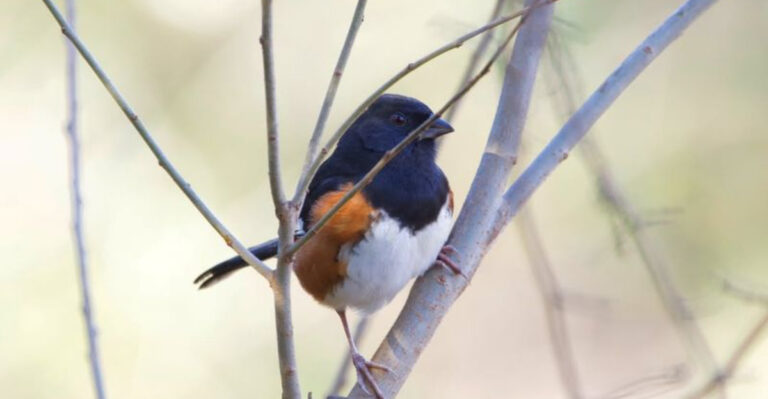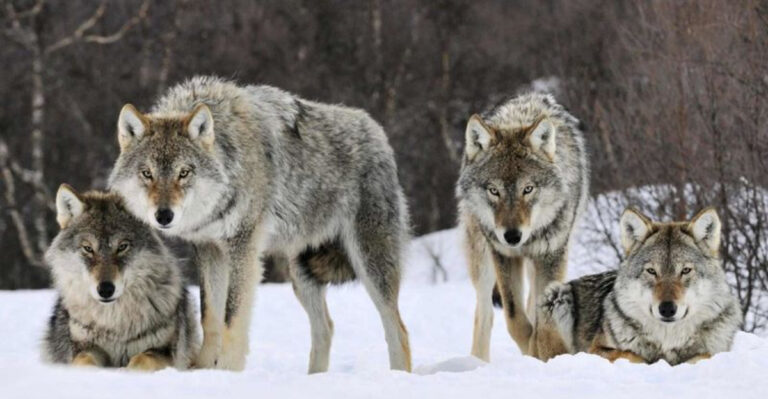The U.S. Bays Where Sharks Give Birth Every Spring
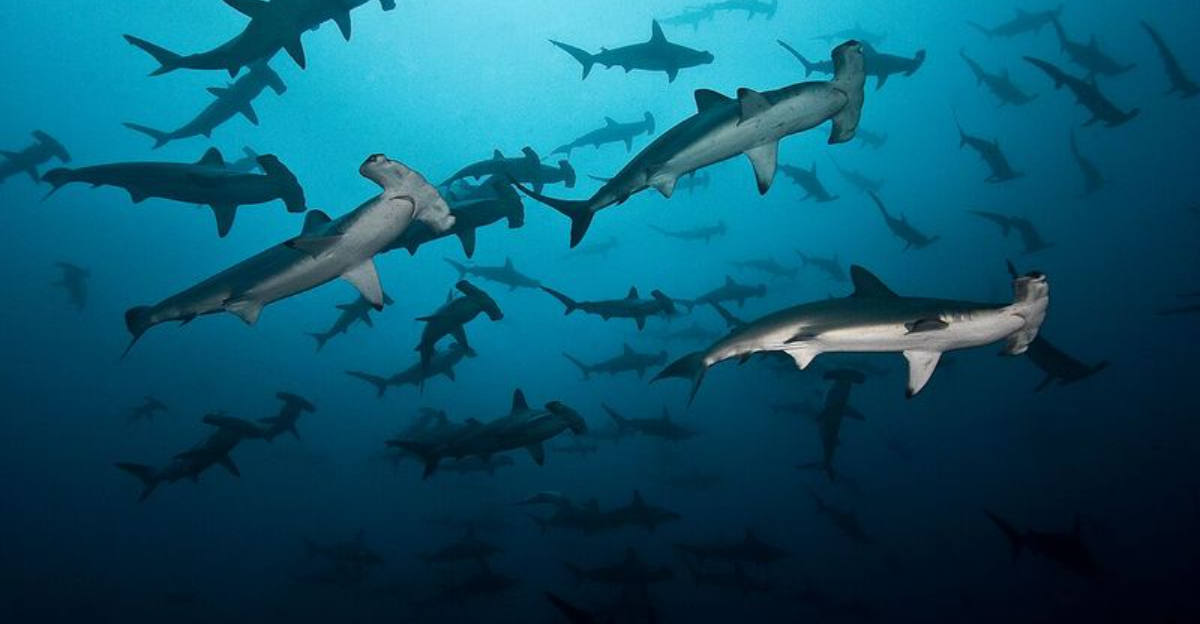
Sharks, those enigmatic sea dwellers, have a secret – they’re doting moms! Every spring, U.S. bays transform into bustling nurseries where these apex predators welcome their pups into the world.
Here, we’ll explore 13 fascinating aspects of these birthing bays, from the science behind shark reproduction to the ongoing efforts to protect these crucial habitats.
Each point promises a unique discovery, shedding light on why these bays are vital for shark survival and what we can do to ensure their future. Get ready to dive into a world where science meets the serene beauty of nature.
1. The Fascinating Biology Of Shark Reproduction
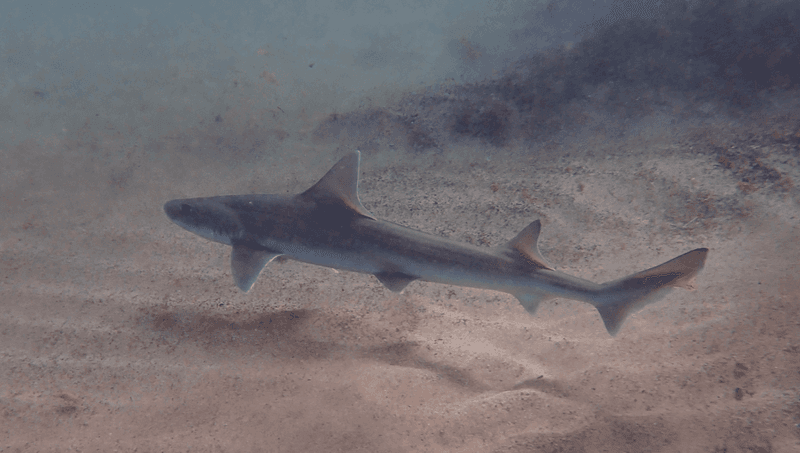
Shark reproduction is a marvel of nature, with species exhibiting ovoviviparous, oviparous, or viviparous methods. Unlike most fish, many sharks give birth to live young, nurturing them through complex reproductive processes.
In ovoviviparous species, embryos develop inside eggs that remain within the mother. Viviparous sharks, such as the hammerhead, provide nutrients via a placental connection. This diversity ensures evolutionary success across varied habitats.
Each method is tailored to environmental pressures and ensures that pups are born ready for survival. Shark mothers are uniquely equipped to protect and nourish their young, ensuring a strong start in life.
2. Spotting The U.S. Bays Where Sharks Give Birth Every Spring

Every spring, certain U.S. bays become havens for pregnant sharks. These nursery grounds offer a safe environment, crucial for pup survival. Bays like Florida’s Charlotte Harbor and California’s Tomales Bay transform into bustling delivery rooms.
The calm, shallow waters provide an ideal setting for mothers to give birth and for pups to grow. These bays are often overlooked, yet they play a vital role in the shark lifecycle.
Observing this phenomenon in person is a testament to nature’s wonders where life thrives under the surface, unseen by many.
3. How Temperature And Climate Influence Shark Birthing Habits
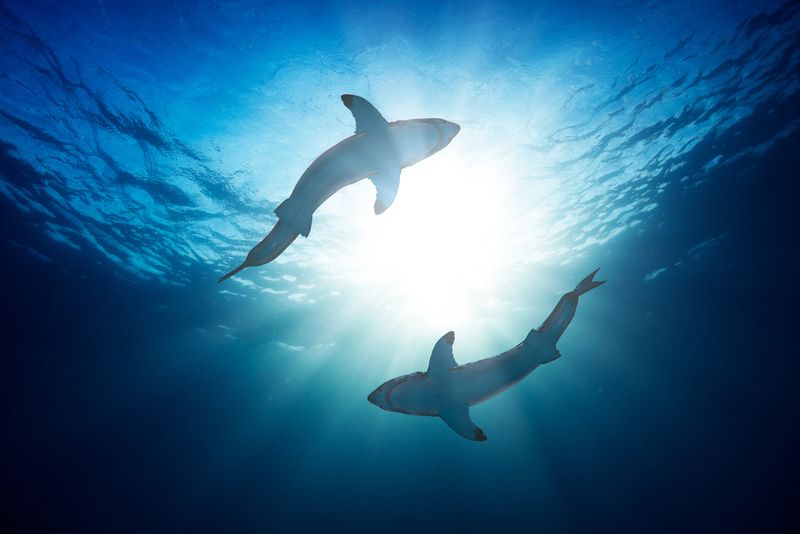
Temperature and climate are key players in shark birthing rituals. Warmer waters signal the start of birthing seasons, dictating the timing and location of birth.
Sharks are highly sensitive to temperature changes, with many species migrating to ensure optimal conditions for their young.
Climate change poses a new set of challenges, potentially disrupting these patterns. As water temperatures rise, sharks may alter their birthing grounds, seeking cooler, stable environments.
This adaptability ensures reproductive success but also highlights the need for monitoring these shifts as global temperatures continue to climb.
4. Why Shark Birthing Bays Are Crucial For Species Survival
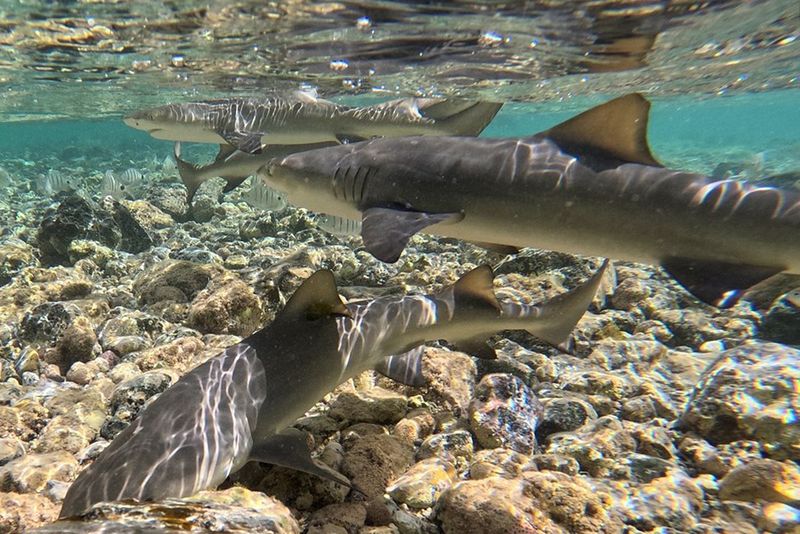
Shark birthing bays are more than just a safe haven – they’re the cradle of future generations. These bays provide essential resources like food and protection from predators. The unique conditions of each bay support diverse shark species, each with specific needs for their young.
By offering a nurturing environment, these bays contribute to maintaining shark populations, which are vital for ocean ecosystems.
Protecting these areas ensures species survival and biodiversity. These nurseries are natural wonders where the delicate balance of life plays out every spring.
5. Understanding Shark Behavior During Maternity Season
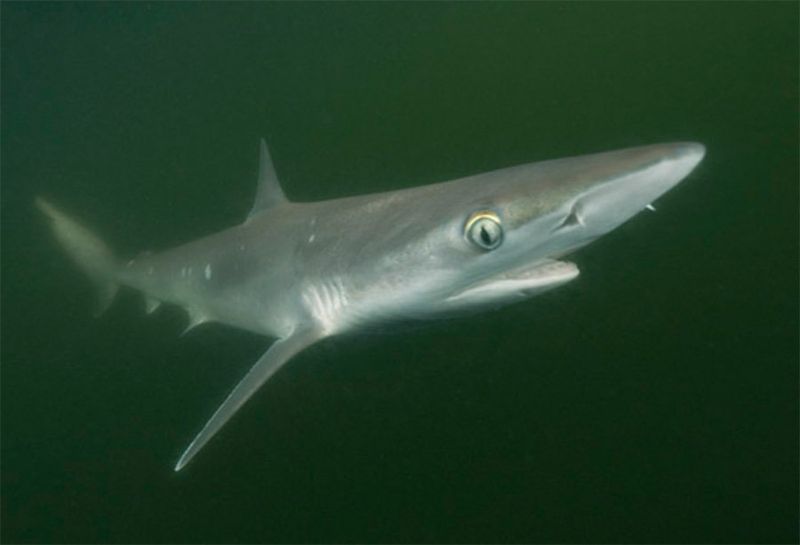
During the maternity season, sharks exhibit distinctive behaviors that support pup survival. Pregnant females become more cautious, seeking seclusion in shallow waters. They select nursery sites based on safety and resource availability.
Sharks display protective instincts, minimizing movement to avoid predators and human disturbance. This behavior ensures that pups have a fighting chance from birth.
Observing these behaviors provides insights into shark ecology and the complexities of motherhood in the wild.
Each action, from site selection to delivery, is a calculated move, highlighting the intelligence and adaptability of these remarkable creatures.
6. Predation And Other Threats To Shark Pups In Nursery Areas
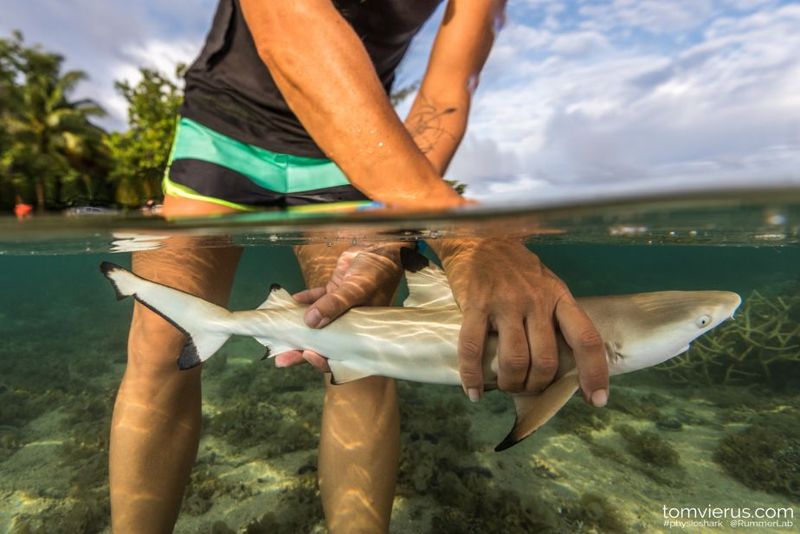
In nursery areas, shark pups face numerous threats from predators like larger fish and even birds. Despite the protective environment, survival is not guaranteed. Human activities, including fishing and pollution, exacerbate these challenges.
Pups are vulnerable as they learn to navigate their world. Their small size makes them easy targets, yet nature equips them with instincts to evade danger.
Understanding these threats is crucial for conservation efforts. Protecting these vulnerable young ensures the continuation of shark species, which are integral to marine ecosystems.
7. The Impact Of Human Activity On Shark Birthing Bays
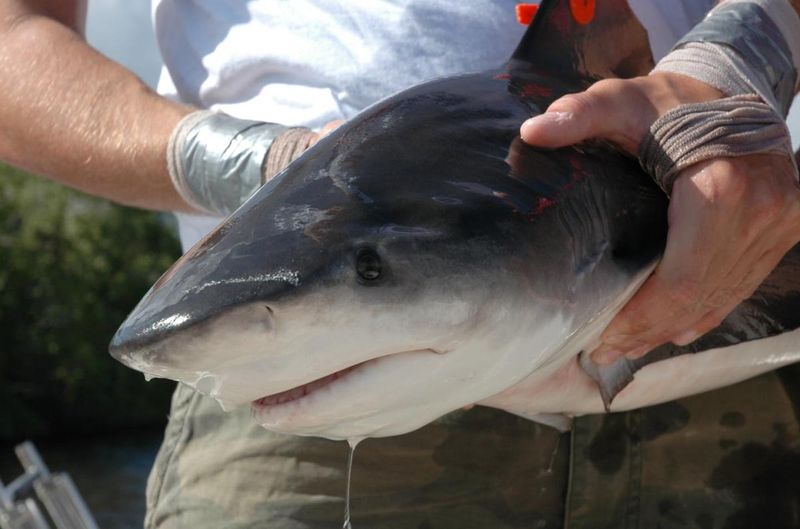
Human activity poses significant threats to shark birthing bays. Coastal development, pollution, and recreational activities disrupt these critical habitats. Noise pollution affects shark behavior, while chemical run-off degrades water quality.
Overfishing reduces prey availability, impacting pup survival. Conservation efforts focus on minimizing human impact, ensuring these areas remain pristine.
By reducing disturbances, we help maintain the ecological balance necessary for shark reproduction. Protecting these bays requires cooperation and awareness of our footprint on marine environments, crucial for sustaining shark populations and biodiversity.
8. The Importance Of Public Education In Protecting Shark Habitats
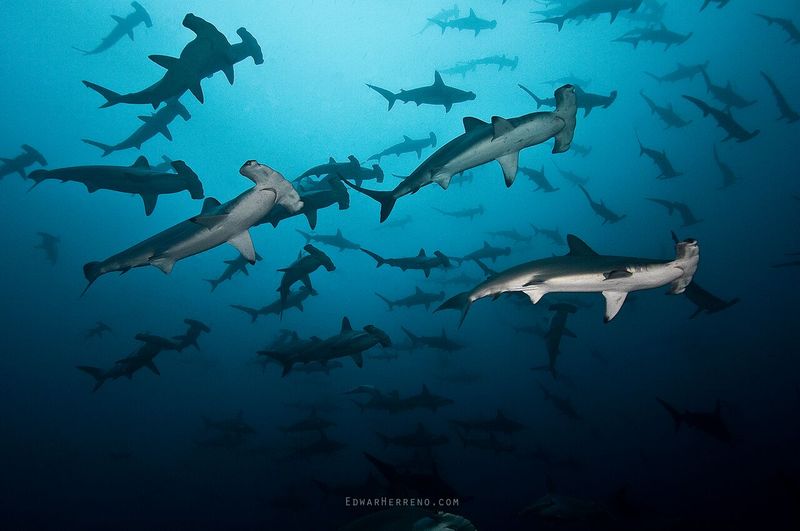
Public education is vital in protecting shark habitats, transforming perceptions, and fostering conservation. People often fear sharks, but education reveals their importance to marine ecosystems.
Awareness campaigns and workshops engage communities, highlighting the significance of shark birthing bays. By understanding these areas’ roles, individuals become advocates for their protection.
Education empowers people to make informed decisions and support conservation initiatives, fostering coexistence with these misunderstood creatures.
Through knowledge, we can secure the future of shark populations and their habitats, ensuring they thrive for generations.
9. Ongoing Conservation Efforts To Safeguard Shark Maternity Areas
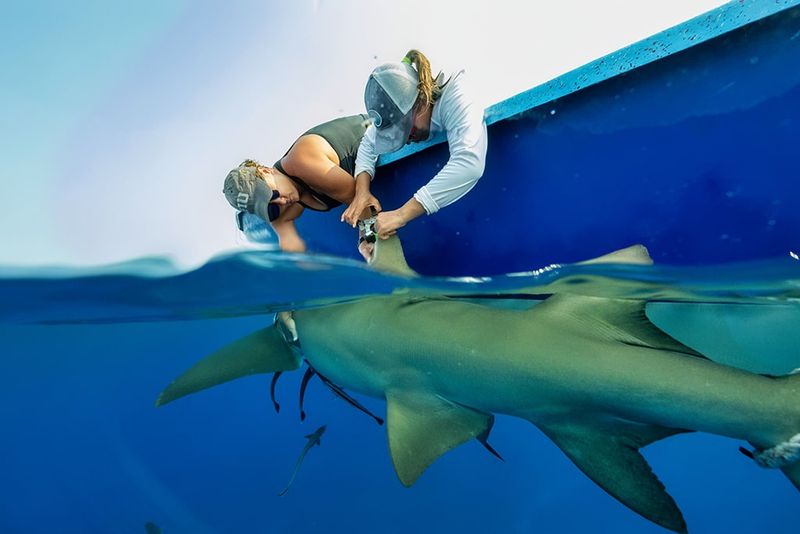
Conservation efforts are crucial for safeguarding shark maternity areas. Initiatives include habitat protection, research, and policy advocacy. Scientists tag and monitor sharks, collecting data to inform strategies.
Marine protected areas offer refuge, limiting human interference. Collaborations between governments, NGOs, and local communities strengthen these efforts.
By promoting sustainable practices, we ensure that shark nurseries remain intact. Conservation is a continuous journey, adapting to emerging challenges.
Through dedicated action, we protect these vital habitats, securing a future where sharks can continue to thrive in their natural environments.
10. How Scientists Study And Monitor Shark Birthing Habitats

Scientists employ various methods to study and monitor shark birthing habitats. Techniques like satellite tagging and acoustic telemetry reveal migration patterns and behavior. Drones offer aerial perspectives, enhancing data collection.
Research boats equipped with advanced technology allow close observation and interaction. Scientists gain insights into shark ecology, contributing to conservation strategies. These efforts require precision and patience, often involving collaboration across disciplines.
By understanding these habitats, scientists can advocate for their protection, ensuring sharks have safe spaces to reproduce. This research is pivotal in safeguarding marine biodiversity.
11. The Role Of U.S. Bays In Shark Population Sustainability
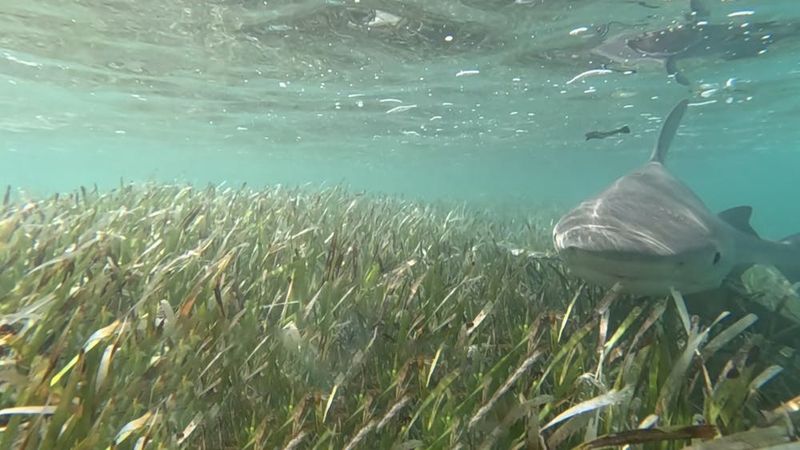
U.S. bays play an integral role in sustaining shark populations, acting as nurseries and feeding grounds. These bays offer a controlled environment where young sharks can grow and develop.
The abundance of resources ensures that pups have a strong start, contributing to population resilience.
Bays like the Gulf of Mexico are biodiversity hotspots, supporting numerous marine species. Protecting these areas is essential for conserving marine life and maintaining ecological balance.
The survival of shark populations relies on the health of these environments, highlighting their importance in global conservation efforts.
12. Protecting The Future Of Sharks: What Needs To Be Done
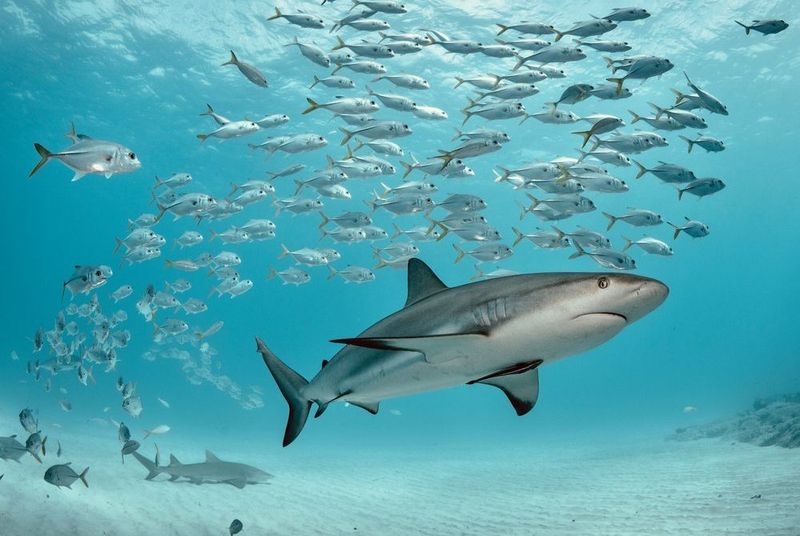
Protecting sharks involves comprehensive strategies addressing threats and promoting coexistence. Strengthening laws and regulations curbs overfishing and habitat destruction. Public awareness fosters appreciation and support for conservation.
Collaborative efforts among stakeholders, including governments and NGOs, enhance protection initiatives. Research and monitoring provide data to inform policies.
By advocating for sustainable practices, we secure shark populations’ future and their habitats. This collective responsibility ensures these magnificent creatures continue to play their pivotal role in ocean ecosystems, maintaining biodiversity and balance.
13. Conclusion: Why We Must Protect Shark Birthing Bays Every Spring
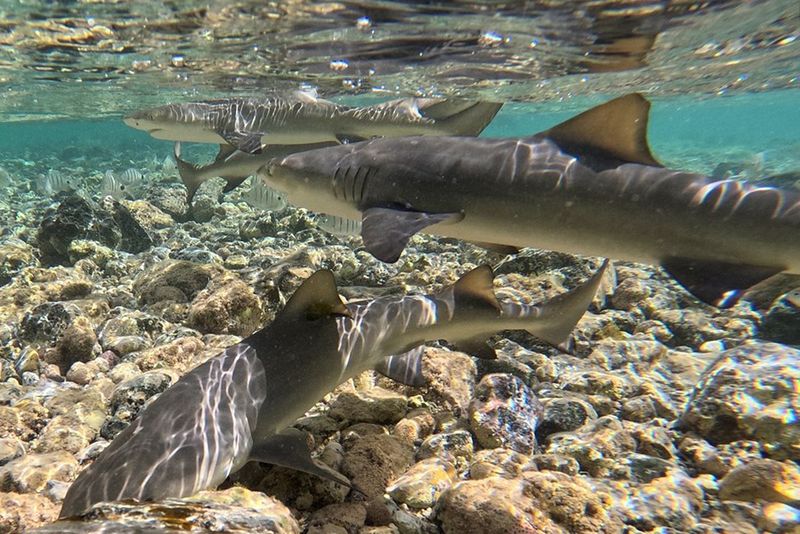
Shark birthing bays are the cradle of life, essential for species survival and marine biodiversity. Protecting these areas ensures future generations of sharks, vital for ecological balance. Human activities threaten these nurseries, but awareness and action can reverse this trend.
Conservation efforts, education, and sustainable practices are key to safeguarding these habitats. By embracing our role as stewards of the ocean, we can ensure sharks continue to thrive.
Each spring, these bays signal hope and renewal – a reminder of nature’s resilience and our responsibility to protect it.
Together, we preserve the wonders of the ocean.


